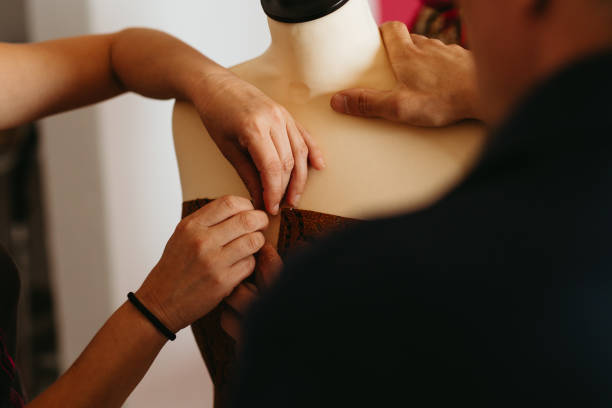Understanding the Cremation Process: Step-by-Step Overview
Cremation is a respectful process that many people don’t fully understand. From careful preparation to the return of ashes, each step follows strict standards and attention to detail. Learn how modern cremation works and what to expect at every stage.

What Happens During the Cremation Process?
The cremation process begins with careful identification and documentation of the deceased. The body is placed in a cremation container or casket made of combustible materials. All medical devices and jewelry are removed unless family members request otherwise. The actual cremation takes place in a specially designed cremation chamber, where intense heat (1,400-2,000°F) reduces the body to bone fragments. This process typically takes 2-3 hours, depending on various factors. Afterward, the cremated remains are carefully collected and processed into a uniform consistency.
Cremation vs. Burial: Key Considerations for Families
When comparing cremation to traditional burial, several factors come into play. Cremation often provides more flexibility in memorial planning, as families can hold services before or after the cremation. It typically requires less space than traditional burial and offers various options for handling the cremated remains, from scattering to keeping them in an urn. Environmental impact and cost considerations also tend to favor cremation, though personal, religious, and cultural beliefs remain important factors in this decision.
Planning Ahead for End-of-Life Arrangements
Pre-planning cremation services can significantly reduce stress for family members and ensure wishes are carried out according to personal preferences. Important considerations include selecting a reputable cremation provider, deciding on the type of service desired, and determining the final disposition of cremated remains. Pre-planning also allows for financial arrangements to be made in advance, potentially saving money and preventing emotional overspending during a difficult time.
Cultural Perspectives on Cremation Across Different Traditions
Cremation holds varying significance across different cultures and religions. While some traditions, such as Hinduism, consider cremation the preferred method, others may have specific guidelines or restrictions. Buddhism and Sikhism generally accept cremation, while Islamic and traditional Jewish faiths typically prefer burial. Understanding these cultural perspectives can help families make decisions that honor their beliefs and traditions.
Cremation Costs and Provider Comparison
Cremation services vary in cost depending on location and included services. Below is a comparison of typical cremation service packages:
| Service Type | Average Cost | What’s Included |
|---|---|---|
| Direct Cremation | $600-$1,200 | Basic cremation without ceremony |
| Traditional Cremation | $2,000-$4,000 | Viewing, ceremony, basic urn |
| Complete Memorial Package | $3,000-$6,000 | Full service, premium urn, memorial items |
Prices, rates, or cost estimates mentioned in this article are based on the latest available information but may change over time. Independent research is advised before making financial decisions.
The choice of cremation services ultimately depends on personal preferences, cultural beliefs, and practical considerations. While the process may seem complex, understanding each step and working with reputable providers can help ensure a dignified and meaningful farewell. Whether choosing direct cremation or a more elaborate memorial service, careful planning and consideration of all options will help create an appropriate tribute to honor the deceased.




